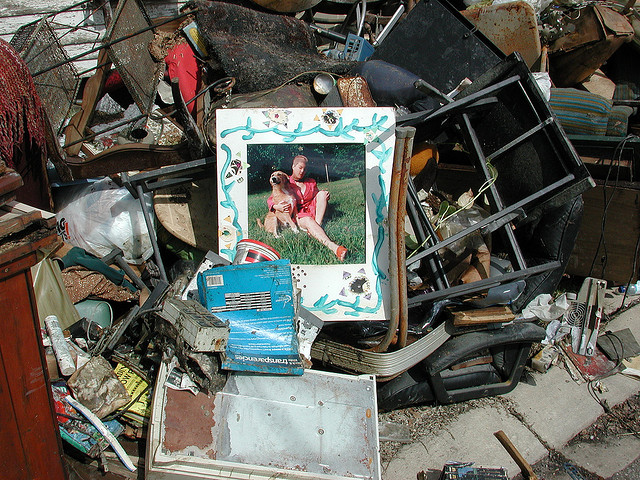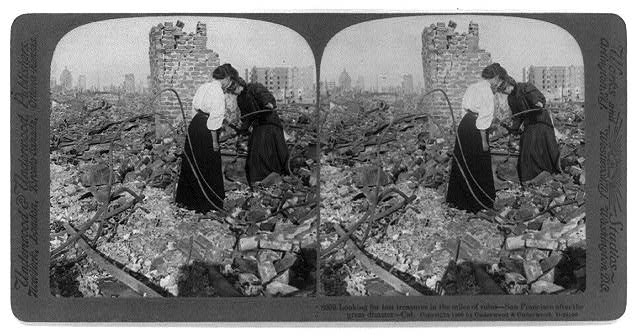
Damage from Hurricane Katrina in New Orleans. (Photo by Flickr user EditorB via CC BY 2.0 >>)
BERKELEY, Calif. — Back in 2005, a friend of mine was contemplating a trip to New Orleans.
“You should go to New Orleans before a huge hurricane destroys the city,” I said.
I had been recently reading about the nightmare Hurricane Pam scenario that disaster planners had been predicting for the city.
My friend ended up going to the Big Easy and had a good time. But later that year, Hurricane Katrina brought its destruction to New Orleans, bringing a terrible level of devastation and disruption and depopulation few major American cities have ever had to face.
When I eventually make it to New Orleans — who knows, maybe later this year? — I know I will never experience what made the pre-Katrina city such a special place.
Great cities change and evolve of course. They rebuild after great disasters like hurricanes, earthquakes and fires. Usually, they triumph over their struggle and emerge stronger, better places. San Francisco, my final Lincoln Highway destination, awaiting me across the bay from Berkeley, is a testament to that.
Post continues below …

Two woman search the ruins of San Francisco in the aftermath of the 1906 earthquake and fire. (Photo via Library of Congress Prints and Photographs Division >>)
New Orleans, of course, is more precarious. It’s living on borrowed time. Rising sea levels, sinking land and stronger storms are likely to swamp the city again someday, no matter how high levees can be made.
Heading into the Bay Area, on the final leg of my crosscountry Lincoln Highway trek, disaster has been on my mind. I blame this in part to my first job out of college, working as a consultant for a Federal Transit Administration disaster and emergency preparedness program that aimed to help local transit agencies coordinate with federal, state and local government and first responders before disaster struck. (My last trip to the Bay Area was during a work trip for the FTA in 2002.)
Natural disasters and California are closely intertwined, as residents of the Golden State know well.
